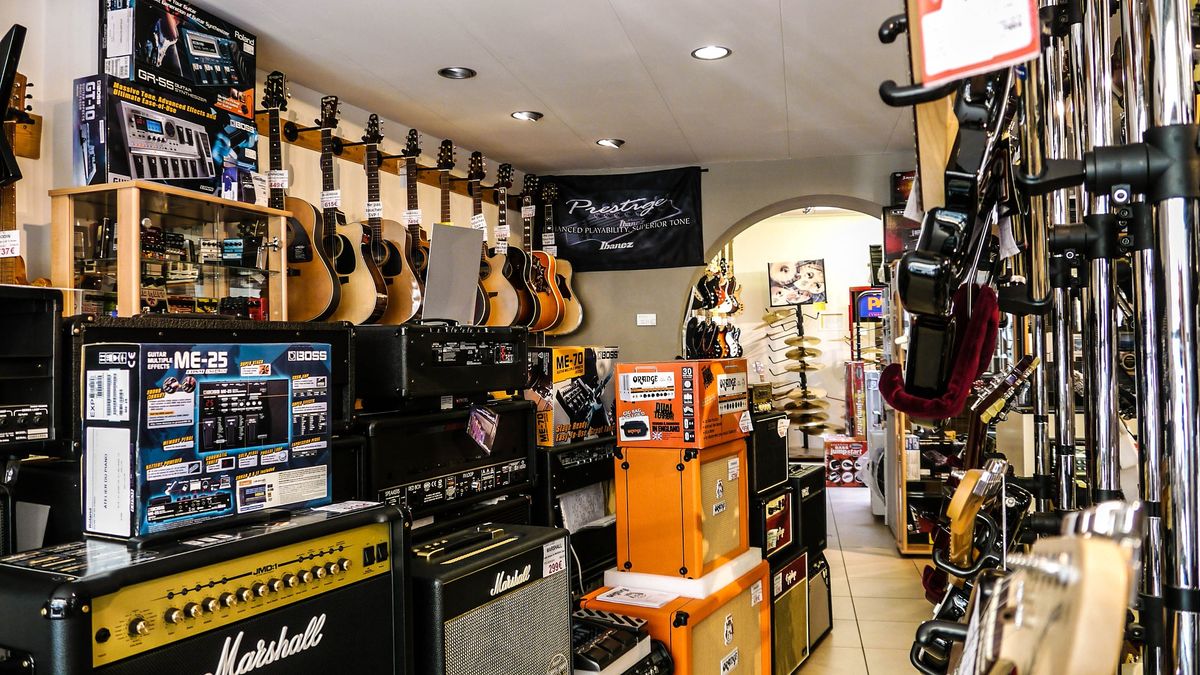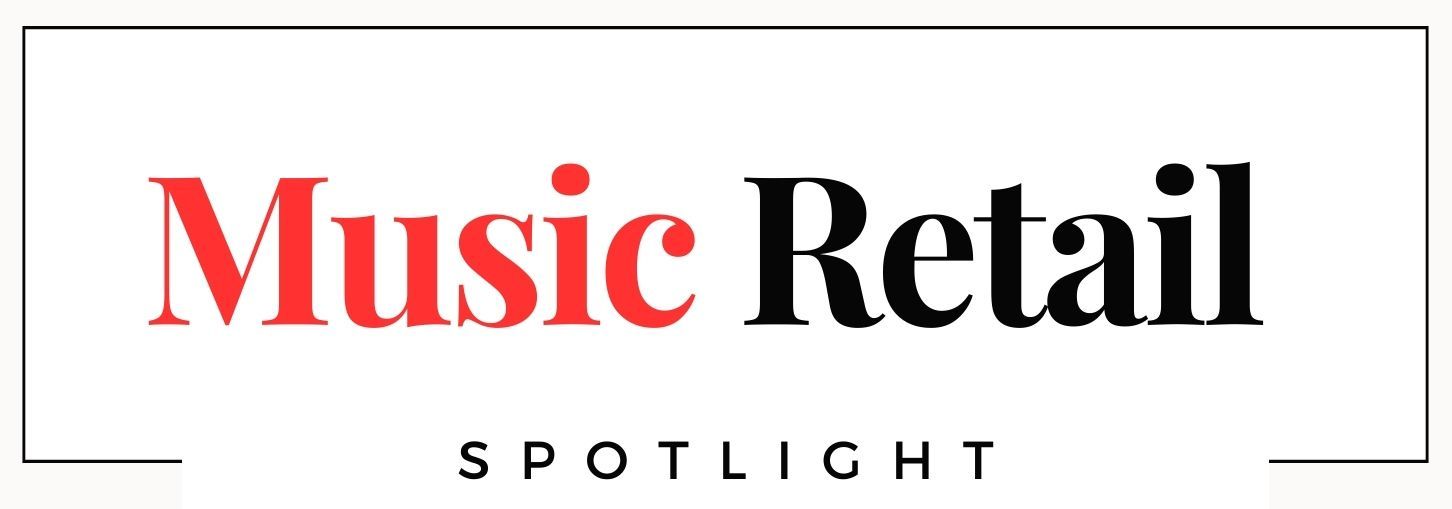Retail Revamp: Does Your Store Need A Makeover

By Donna Geary
There are various levels of retail upgrades, ranging from a total “gut” and remodel to a partial renovation, such as removing or adding walls, replacing flooring, fixtures, or signing and graphics on storefronts, to a simple upgrade of wall finishes and/or lighting. The level of upgrade you choose should be carefully weighed against the following three factors:
Do you own or lease the space or building?
If you own, the enhancements you make will improve your investment and equity. If you lease, you should consider the duration of your current lease, whether the property owner will subsidize the upgrades you are making to the building, and if the investment is preferable to perhaps considering another location.
Do you have the resources and budget to complete your upgrade?
If you have a handy person at your disposal, make sure they are available and committed to the project before you begin. If not, consulting in advance with trades people for quotes and availability is advised. Again, planning is crucial.
Can you complete the upgrade while the store is open, or will you have to close for a period of time?
This factor has a huge impact on your existing clientele and can either be a source of excitement in marketing a “renovation sale” and “re-opening sale,” or a major disappointment when your customer encounters a masked window and a locked door.
Renovating and upgrading should be planned into your advertising and PR strategies. Given those simple guidelines, it’s prudent to take into account your upgrade goals and the needs of your customers before embarking on a revamp. What are you trying to accomplish? Begin with the end result in mind. You might consider upgrading some or all of these visual merchandising elements:
The Storefront
Considering that your storefront is the “cover of your book,” what message is it sending? Is it tattered, torn, and faded? Step outside and take a long, honest look at the first impression your customer receives from the store’s architecture, signing, windows, and entrance. If it’s not winning the battle for the customer’s attention, you might consider:
• Painting or re-facing the storefront.
• Adding some architectural elements that enhance your image.
• Removing some architectural elements that are inconsistent with your image.
• Repainting or replacing your storefront sign.
• Adding exterior lighting and/or motion.
• Investing in new window fixtures, risers, tables, or lighting.
Interior Design & Finishes
Everything tangible has an expiry date or a point in time when it becomes out-dated, worn, or unproductive. Many retail chains and franchises budget and schedule major interior updates every seven to eight years. When was
the last time you replaced your flooring, wall coverings, and lighting?
Flooring
Resilient vinyl flooring is becoming widely popular with retailers. It’s offered in a variety of finish options, including wood grain which resembles plank or tongue and groove hard (oak, maple) and soft (pine) woods. Vinyl floors are known for their easy care and cleaning and are generally wear-resistant, which makes them a great choice for retail stores. They’re also resilient and will “give” when you walk on them, which creates a soft, comfortable feel underfoot for staff and customers alike. And, since it’s sold by the yard, vinyl floors go down much faster than their real wood counterparts. If you really want to customize your retail environment, you can even have your logo laser cut into the floor. Of course, there’s also carpet, ceramic, marble, terrazzo, and a variety of other options depending on the look and mood you are going for. Visit a flooring showroom to explore the many options.
Ceilings & Light Fixtures
If your store is stuck in the ‘70s with acoustic tile suspended ceilings and 2 x 4-ft. fluorescent lighting, then perhaps you can make the most impact by removing the utilitarian and drab overhead. I’ve found in many stores I’ve redesigned that there’s often a lot of space above the suspended ceiling and that by removing it, the store immediately looks and feels larger. In most cases, I recommend painting the ceiling and even the tiles (if removing them is not an option) in a dark colour to make the ceiling “go away.” In large stores, high intensity discharge lighting is quickly replacing fluorescent lighting and halogen lighting works best to punch up focal points and displays. Wall sconces, suspended pendant lamps, and up or down lighting in cabinets can add drama and sparkle to an otherwise drab setting. Re-lamping your store is a job best suited for an electrical professional who can advise you about building codes, circuit loads, and positioning. A visit to a lighting showroom will expose you to the various options that can save you money in operating costs and brighten your store’s visual appeal.
Lighting Quick Fix
If your store is too dark, consider the following options:
• Add more light sources – more tracks or perhaps simply some additional fixtures onto the tracks.
• Change the lamp type or increase the wattage of the bulb.
• Move the lighting closer to the merchandise.
• Use louvers on fluorescent fixtures to diffuse the light.
• Direct lighting onto mirrored walls or columns to increase the general brightness level.
• Dust your fixtures and bulbs.
If your store is too bright, consider the following options:
• Put some of your lights on dimmers so that you can lower the light level.
• Decrease the wattage of your lamps.
• Remove some fluorescent bulbs.
• Use more spotlights rather than floodlights in your track lighting.
Wall Finishes
A fresh coat of paint or new wall finish might be all it takes to perk up a drab retail environment. The colour and finish should be carefully chosen, ensuring that it fits with the image you are trying to project and provides a complimentary “backdrop” for the products you sell.
Generally, the darker the walls or fixtures, the less light they will reflect. White painted walls, for example, reflect 81 per cent of light compared to the 58 per cent reflection achieved by light gray walls. Mahogany coloured
wall paint reflects a mere 8 per cent of light. Textured surfaces, as a rule, reflect less light than smooth surfaces.
Layout & Fixturing
A thoughtful store layout makes the customer feel comfortable and welcome, increasing their disposition to stay longer, browse, and buy. For the retailer, an analysis of the layout can expose new possibilities for eliminating dead corners, dark spots, and unproductive space. Sometimes, simply taking an inventory of the fixturing you have and planning a new layout on paper can be a worthwhile exercise. Are your aisles wide enough? Can customers get from the front to the back of the store without obstruction? Is your cash desk in the optimal place? Planning is key to moving fixtures around. Here are some considerations:
• Plan major fixture moves for after-hours to ensure minimum disruption to business and the safety of your customers.
• Have plenty of temporary fixtures available for off-loading merchandise from fixtures you are moving.
• Schedule adequate muscle power for the move and re-merchandising of the fixtures.
• Closely inspect the fixtures you are moving to see if they require any special considerations in their new locations, such as electrical outlets.
• Check flooring under the fixtures you are moving to see if you will require carpet cleaning, wood re-finishing, or tile re-waxing.
I always encourage retailers to get out and see other stores that inspire them and to make a wish list of all the elements they like. From there, your options are limitless.
If a redesign or major renovation is in your near future — great! Shop around other retailers to get a good sense of what works and what doesn’t; however, if you’re staying where you are and working with what you’ve got, perhaps a smaller investment in new flooring materials, removing a wall, or adding more functional lighting will make a huge difference to your store’s visual appeal and shopability.
Donna Geary is Executive Director of Impact Visual Merchandising, a retail marketing consulting firm that assists stores to improve the customer experience. www.impactvisual.com




